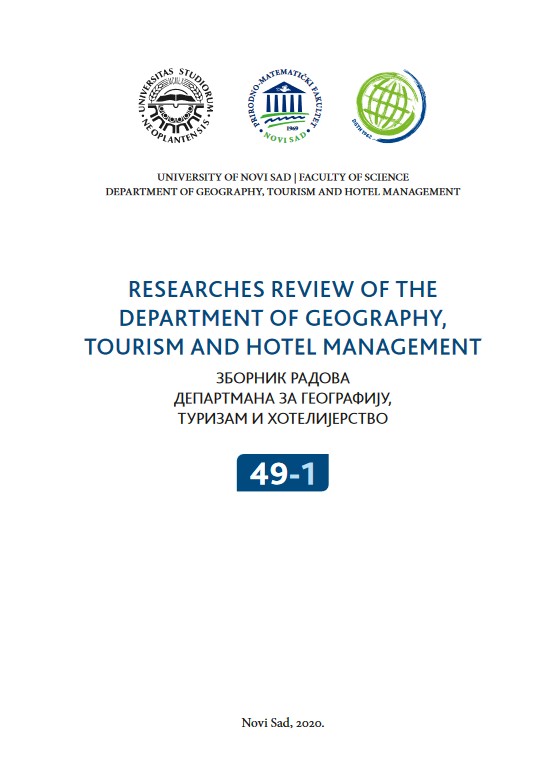Apprising the local and global implication of ambient air Quality Index of Kaduna Metropolis, Nigeria
Apprising the local and global implication of ambient air Quality Index of Kaduna Metropolis, Nigeria
Author(s): Mwanret Gideon Daful, Taiye Oluwafemi Adewuyi, Dadan-Garba Aliyu, Akinwumi Olumide Oluwole, Muktar Namadi Muhammad, Cyril Kanayochuku EzeamakaSubject(s): Physical Geopgraphy, Environmental Geography, Applied Geography
Published by: Prirodno-matematički fakultet, Univerzitet u Novom Sadu
Keywords: Air Pollutants; Air Quality Index; Urban Land Used;Human Health;
Summary/Abstract: This study apprises the local and global implication of ambient air quality index of Kaduna Metropolis, Nigeria. With the point of investigating the spatial and transient dissemination of the Air Quality Index (AQI) of Carbon monoxide (CO), Sulfur dioxide (SO2), and Particulate Matter (PM10) and their suggestions on human wellbeing, in view of neighborhood and global measures. Data were collected during the raining season and dry harmattan weather. From traffic, Industrial, commercial and residential areas, utilizing validated portable pollutant monitors (MSA Altair 5x Gas Detectora) to collect data on the concentration of air pollutants (CO and SO2) and (CW-HAT200 Particulate Counter) for the concentration of particulate matters (PM10). Equal allocation stratify sampling and purposive sampling were utilized for the selection of sample points. The data were analyzed in line with USEPA Air Quality Index calculation approach and using descriptive statistics. The findings reveal that the AQI of Kaduna Metropolis ranges from good to hazardous, CO has 57.57% and 24.24% of the sample sites AQI ranging from unhealthy to hazardous based on WHO/USEPA and NESREA standards respectively. Equally SO2 has about 91%, 34.23%, 42.42% of the sites AQI ranging from unhealthy to hazardous base on WHO, USEPA and NESREA standards respectively. PM10 has 75.76% and 18.18 of the sites AQI as hazardous base on WHO and USEPA standards, whereas none of the sites AQI is hazardous base on the NESREA standard. Further analysis shows that the northern part of the metropolis has more sites with unhealth AQI than the southern part of the metropolis. Also, the traffic land use has more of its sites AQI ranging from unhealthy to Sensitive group to hazardous. In conclusion this study provides empirical data on the AQI of Kaduna metropolis which ranges from good to hazardous. Thus, the need for the enforcement agencies to strictly enforce the guide lines regulating ambient pollution in the study area.
Journal: Zbornik radova Departmana za geografiju, turizam i hotelijerstvo
- Issue Year: 49/2020
- Issue No: 1
- Page Range: 22-50
- Page Count: 29
- Language: English

